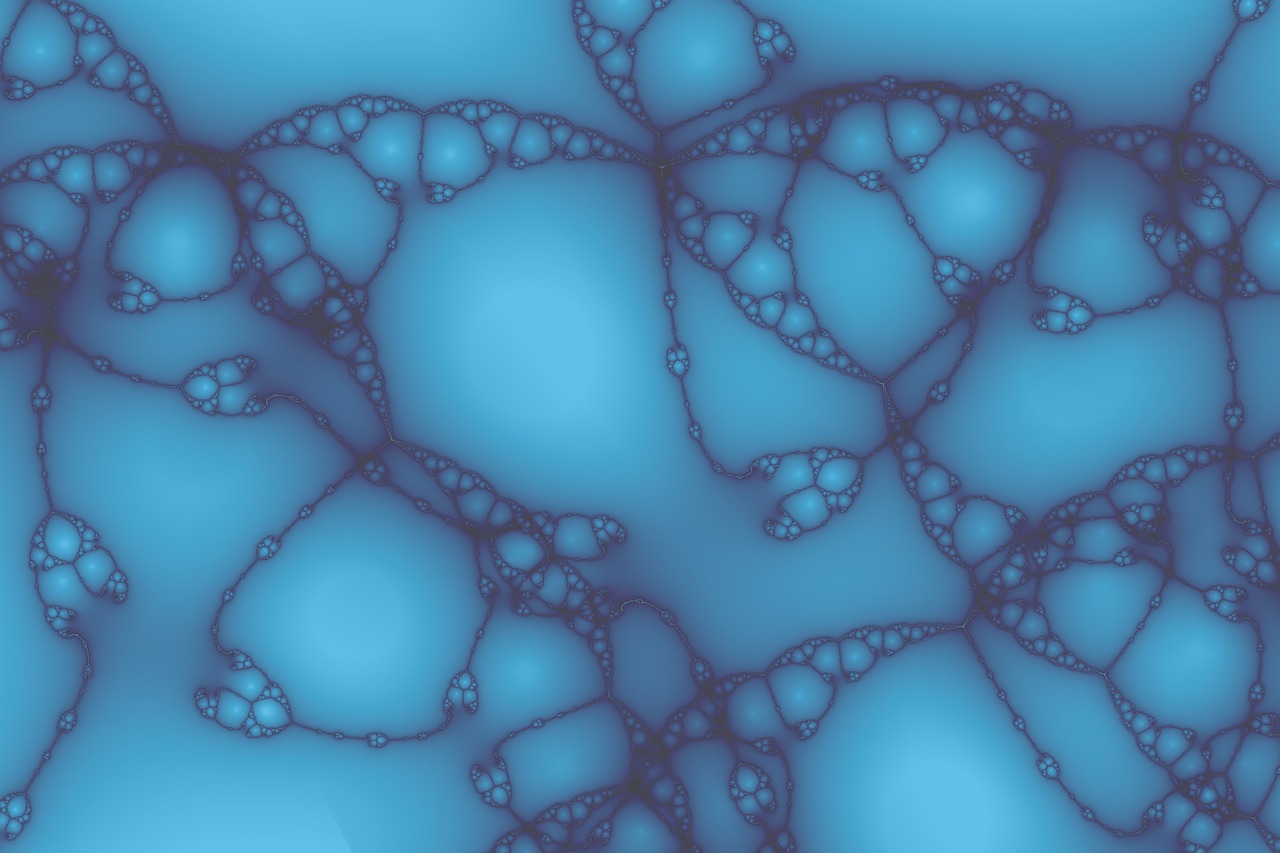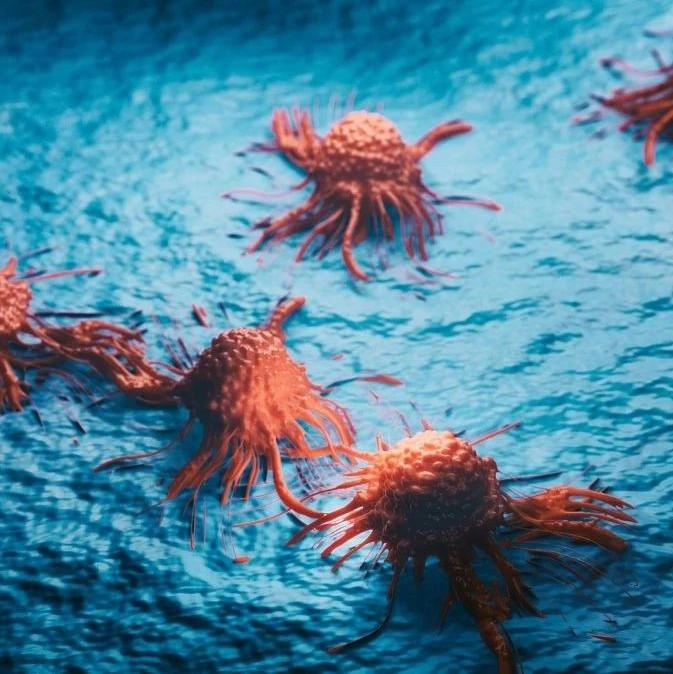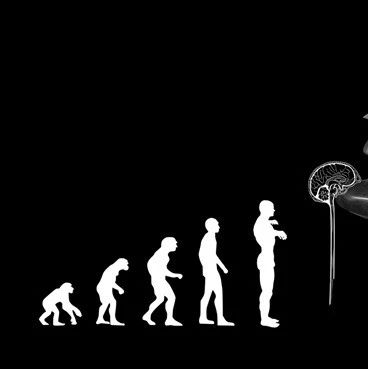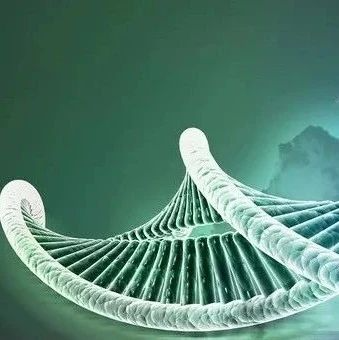石炭纪是巨大节肢动物的时代,比如翼展75厘米的蒙氏巨脉蜻蜓(Meganeura monyi)和阿玛古马陆(Arthropleura armata)。大部分古生物学家认为石炭纪时地球大气层中氧气的浓度高,许多节肢动物是通过遍布它们肌体中的微型气管直接吸收氧气,所以高氧气含量能促使节肢动物向大个头方向进化。

蒙氏巨脉蜻蜓复原图
Verberk和Bilton在最近的《公共科学图书馆》上发表了研究报告——《热耐性氧限制能让昆虫发展成巨人吗(Can Oxygen Set Thermal Limits in an Insect and Drive Gigantism?)》,他们认为石炭纪水生环境中高浓度的氧气才是让节肢动物向大个头方向进化的原因。
Verberk和Bilton说,氧限制假说的数据主要是一系列的海洋鱼类和无脊椎动物的支持,其普遍性仍然有争议。特别是,目前还不清楚氧限制是否影响有气管呼吸器官的节肢动物。他们通过对昆虫进行热量性氧限制(oxygen limitation of thermal)调查,发现水生环境中生存的幼虫比成虫更容易受到氧气含量变化的影响。
他们认为石炭纪当时的水中溶解的氧的浓度非常高,氧中毒对水生环境中栖息的幼虫影响甚重。因此,石炭纪的巨大节肢动物向大个头方向进化,体重相对身体表面积就减少了,以此来对抗氧中毒。(化石网)
生物探索推荐英文论文摘要:
Can Oxygen Set Thermal Limits in an Insect and Drive Gigantism?
Abstract
Background
Thermal limits may arise through a mismatch between oxygen supply and demand in a range of animal taxa. Whilst this oxygen limitation hypothesis is supported by data from a range of marine fish and invertebrates, its generality remains contentious. In particular, it is unclear whether oxygen limitation determines thermal extremes in tracheated arthropods, where oxygen limitation may be unlikely due to the efficiency and plasticity of tracheal systems in supplying oxygen directly to metabolically active tissues. Although terrestrial taxa with open tracheal systems may not be prone to oxygen limitation, species may be affected during other life-history stages, particularly if these rely on diffusion into closed tracheal systems. Furthermore, a central role for oxygen limitation in insects is envisaged within a parallel line of research focussing on insect gigantism in the late Palaeozoic.
Methodology/Principal Findings
Here we examine thermal maxima in the aquatic life stages of an insect at normoxia, hypoxia (14 kPa) and hyperoxia (36 kPa). We demonstrate that upper thermal limits do indeed respond to external oxygen supply in the aquatic life stages of the stonefly Dinocras cephalotes, suggesting that the critical thermal limits of such aquatic larvae are set by oxygen limitation. This could result from impeded oxygen delivery, or limited oxygen regulatory capacity, both of which have implications for our understanding of the limits to insect body size and how these are influenced by atmospheric oxygen levels.
Conclusions/Significance
These findings extend the generality of the hypothesis of oxygen limitation of thermal tolerance, suggest that oxygen constraints on body size may be stronger in aquatic environments, and that oxygen toxicity may have actively selected for gigantism in the aquatic stages of Carboniferous arthropods.







